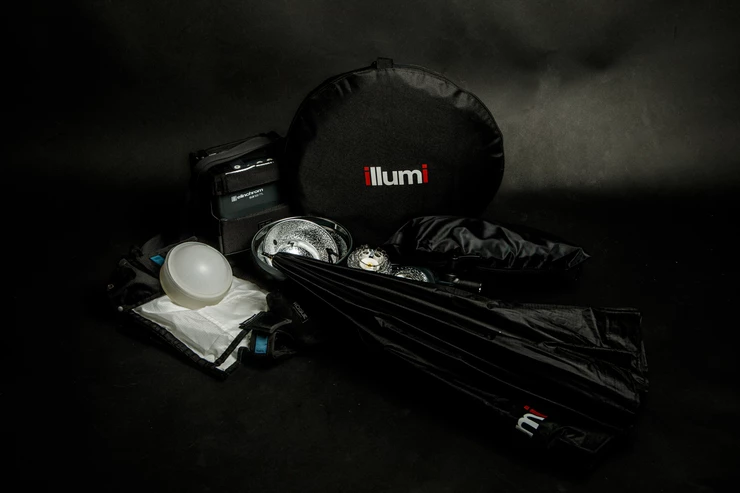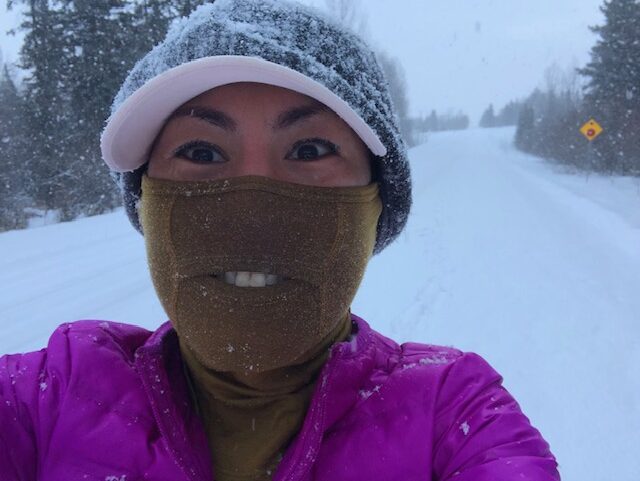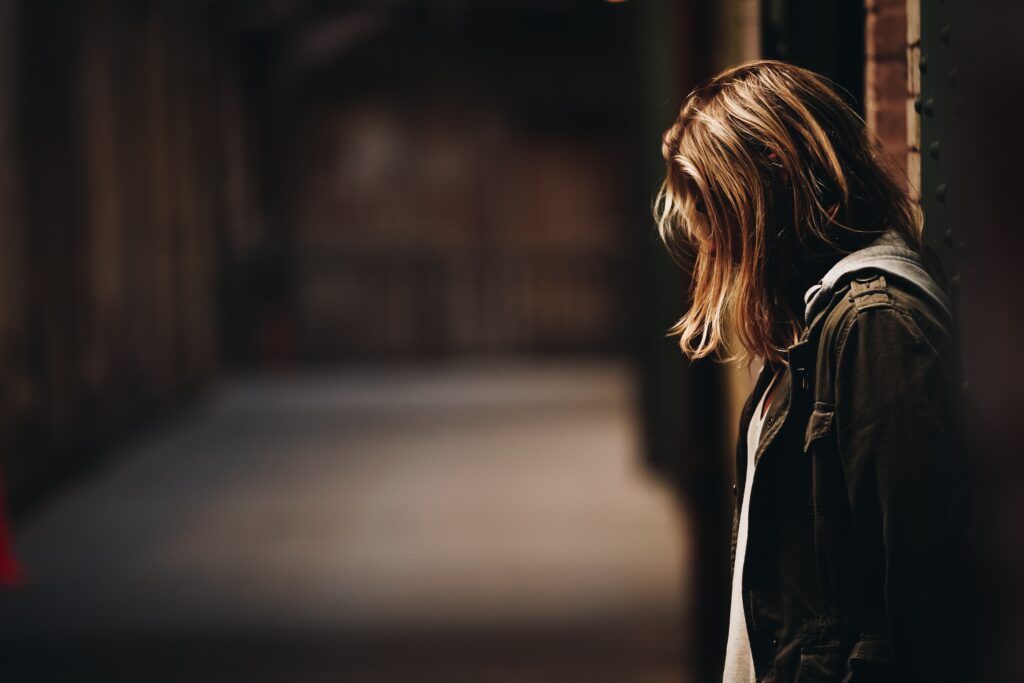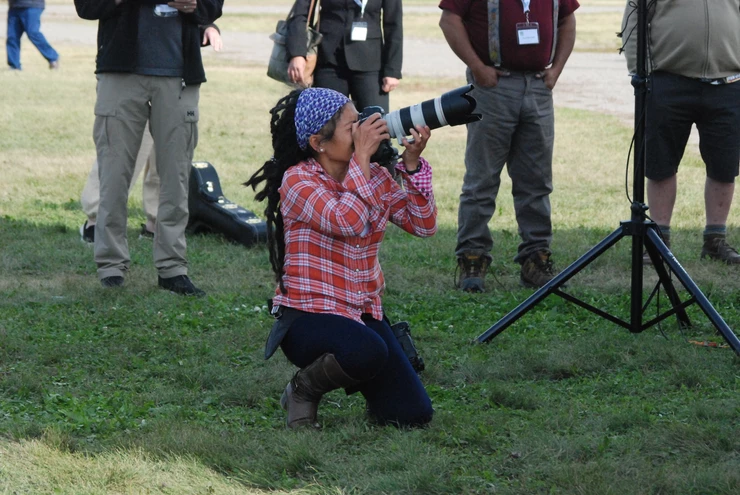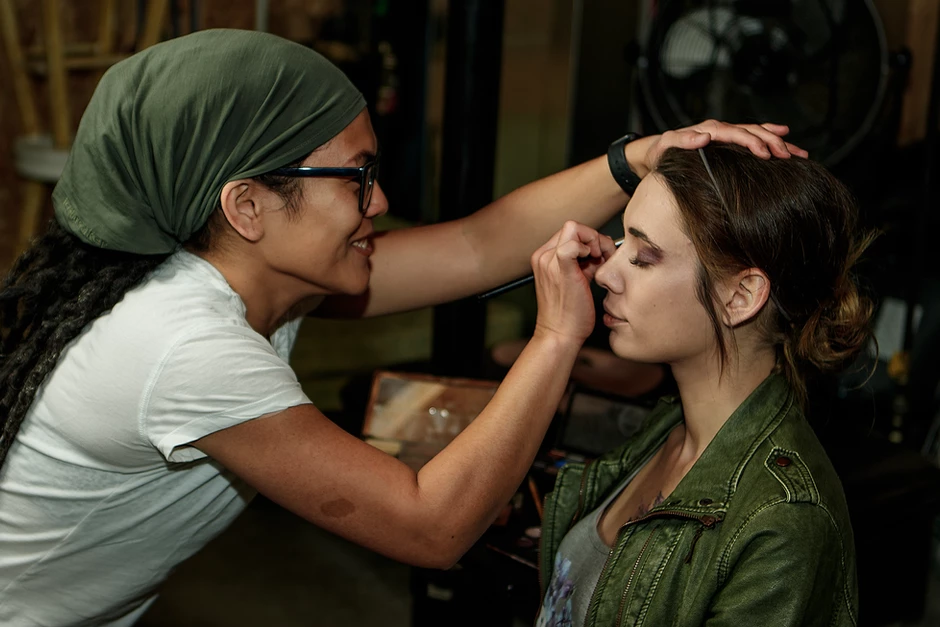One of the challenges we deal with as photographers is how to still produce visually appealing photographs no matter how challenging the lighting is. Some shooters will say you should know better, and that you must educate your clients about the best times of day to take photos. However, clients do not all have the luxury of following your schedule, especially those with kids. Personally, I would prefer not to pass up an opportunity to do a photoshoot just because the time isn’t ideal for the best lighting conditions.
And of course setting a time for a session also doesn’t work if you are covering an event with a predetermined itinerary. All of that knowledge about shooting during the golden hour, outdoors with perfect weather and excellent quality lighting conditions, will fly right out of the window if that is the only way you know how to shoot. I speak from experience, and it wasn’t fun.
As I continue developing my own understanding of lighting, I want to share some tips that have worked for me so far, and that I hope will help you too.
Shoot in RAW format. The reason why is because raw files are bigger — much bigger — and offer a greater chance of recovering your photos from your software editing programs. RAW is definitely more forgiving in correcting your mistakes in post processing.
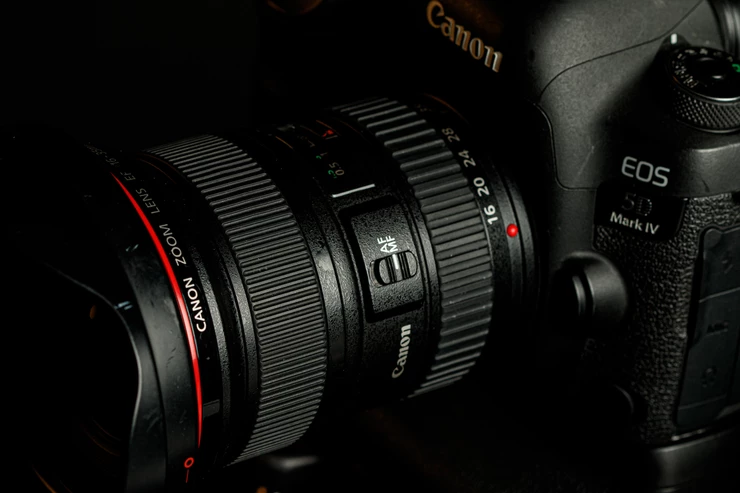
Learn your editing software. Personally, I use Adobe Lightroom and Photoshop plus Exposure Software. Learn how these programs work, especially the sharpening tools and adjusting the exposures. I recommend this because when you brighten an image, it will tend to increase the noise in your photos. The sharpening tools in either Lightroom or Photoshop will help remove or reduce these unwanted dust-like specks from your images.
Know your camera settings. Always read the manual and become familiar with your camera’s capabilities on handling dark lighting. Learn exposures, apertures, ISO and speed – these are the fundamental controllers of light that get in your camera. The more you know how you can manipulate these variables and interpret them, the more you will become comfortable shooting in difficult lighting situations.
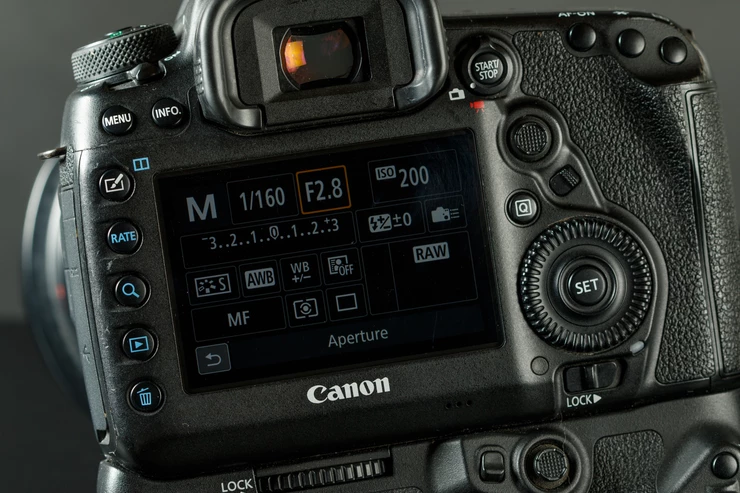
Invest in a faster lens. F2.8 and below are the ideal lens apertures that can shoot in dark lighting conditions. This will allow your shutter to open wider which is one way to let more light into your camera that can help to brighten up your photos.
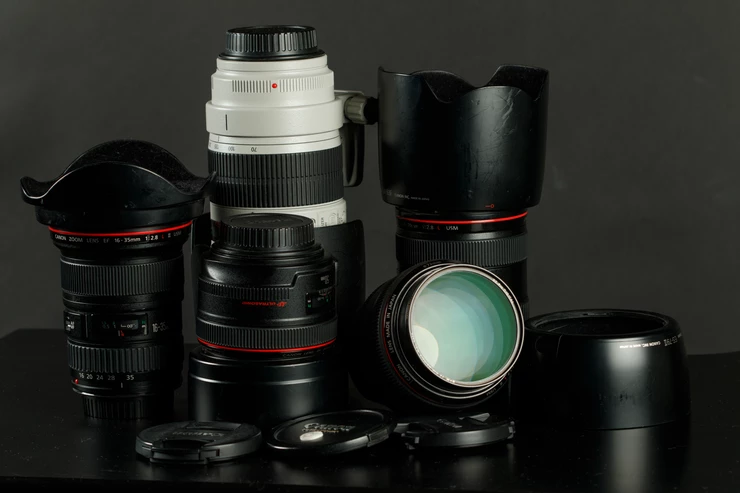
Acquire artificial light sources. This includes a variety of modifiers such as reflectors, scrims, speedlights, continuous or strobes. These tools will help you to shoot anywhere and at any time of day. Yes, shooting in natural light is definitely ideal and it lessens the burden of carrying additional gear. But at the same time, there are those situations when the lighting is so awful, like for example at high noon or when there’s barely any available ambient lighting at all. As a photographer, we are expected to deliver photos no matter what the situation is. So don’t let the lighting conditions intimidate or dictate whether or not you can shoot. In my experience, having these tools really helped me substantially reduce the amount of time I end up spending working on correcting pictures’ exposures in the post editing process.
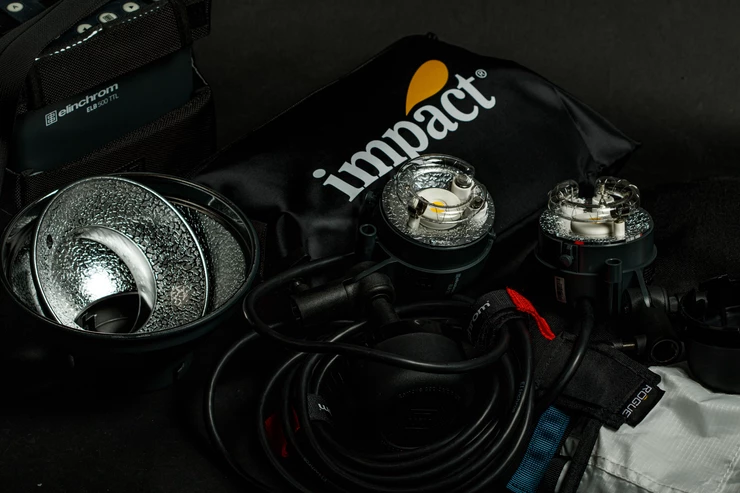
Education and practice. Take online courses and workshops so you can really absorb as much information as possible when it comes to lighting your subjects. There’s a lot of tutorial videos and online streaming classes available online. They feature professional photographers in the industry who show you how to shoot in different lighting scenarios and put it to action. The more you apply the lessons you learned from these classes, the more it will come naturally to you.

We photographers are problem solvers. Our clients’ requests can sometimes place us in challenging situations, but they still expect us to create wonderful photos. And they have every right to demand it because they paid for the service. That is why they hire us: because they believe we are qualified and can do the job regardless of the lighting situation. Otherwise, they could have simply asked any random person with a smartphone to shoot the photos for them.
Photography is mostly about light. The more you understand how it works, the less time you’ll have to spend editing your photos.


